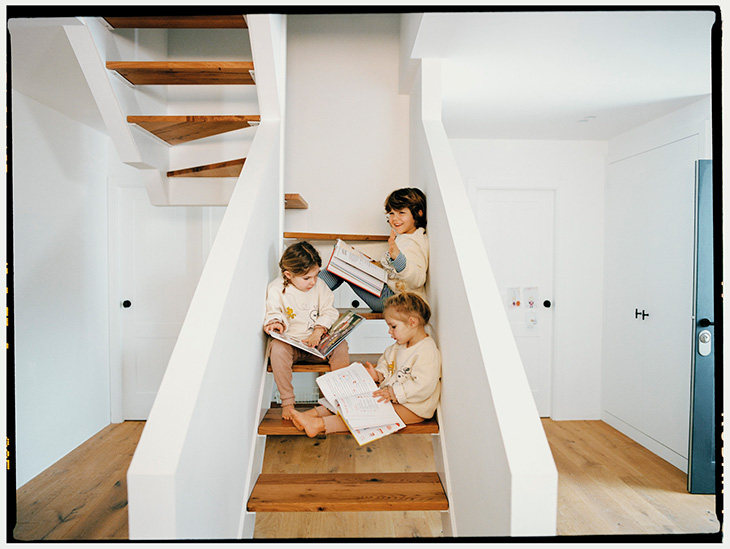
The home is regarded as a refuge, a place where everyone feels safe and protected. While this may be true for adults who can take care of themselves, it is a different story for young children. Did you know that household injuries are one of the leading reasons toddlers visit the emergency room every year?
According to a study published in the American Journal of Preventive Medicine1, hospital emergency departments see over 10,000 children with home injuries daily. What’s worse, more than 2,000 kids die from home injury every year in the United States. Many of these fatalities are due to suffocation, falls, drowning, as well as fires and burns.
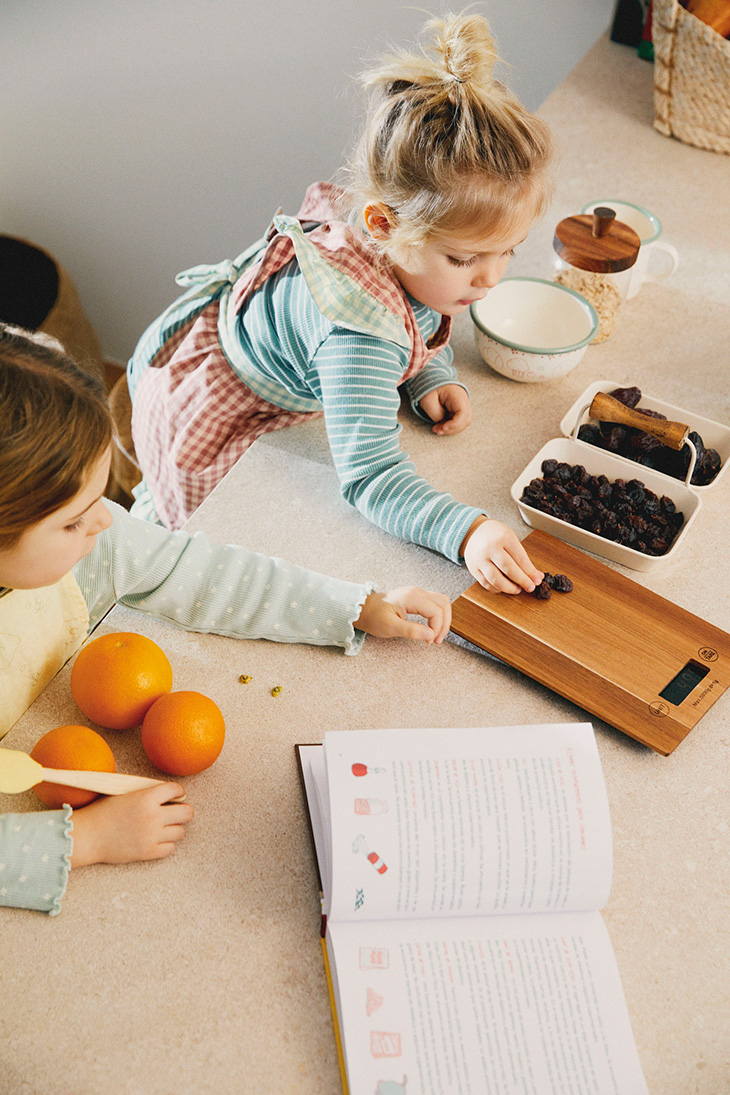
As a parent, these numbers should serve as a reminder that you can never be too careful when it comes to child safety. It is your duty to prevent such accidents from happening by taking necessary measures to childproof your home.
To help you out, here’s a checklist, broken down by room, of how you can make your abode a safer place for your little one.
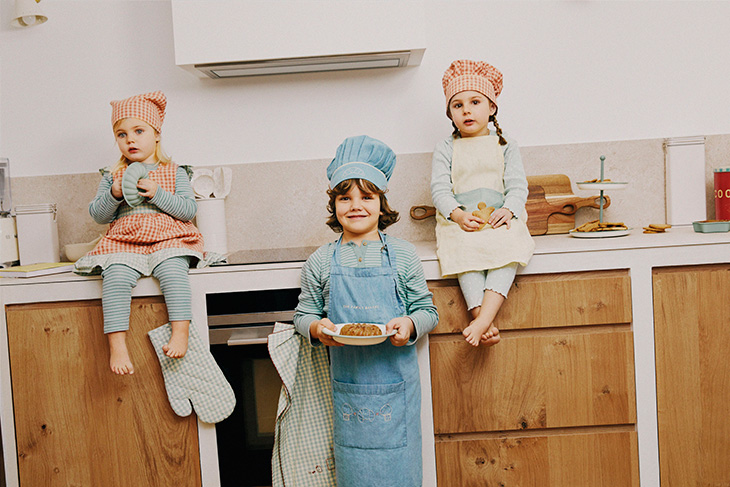
Kitchen
From hot stoves and ovens to sharp knives and harsh cleaning agents, the kitchen is undoubtedly one of the most dangerous places for young children, especially the curious ones who enjoy crawling and climbing. Avoid kitchen accidents by considering the following tips:
- Use a safety gate to keep your little one out of the kitchen.
- Install a stove guard and knob covers for burn protection.
- Keep household cleaning products, knives, and other sharp items out of reach by storing them on high shelves or inside locked cabinets.
- Ensure that all the cords of your countertop appliances are not sticking out so that your toddler cannot yank them.
- Keep stools away from counters and cabinets to discourage climbing.
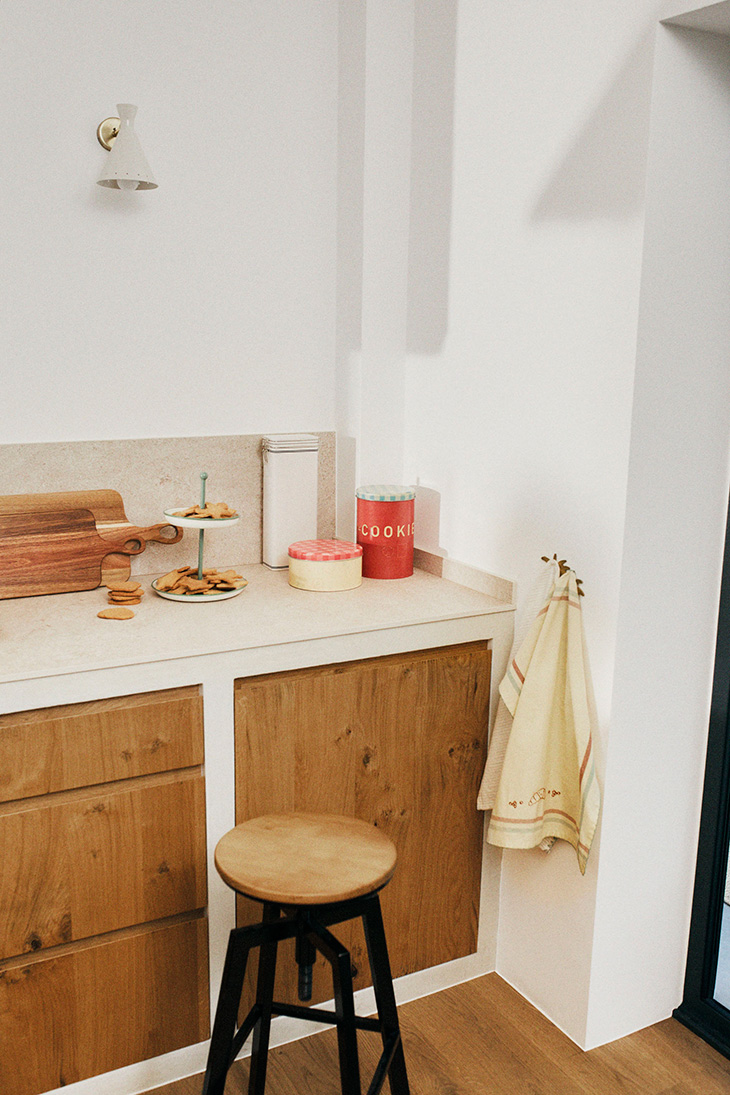
Bathroom
The bathroom is another risky area for children for several reasons. For one, because of the risk of drowning. You may be surprised to know that 24 percent of drowning-related deaths at home among children less than five years old occur in the bathtub. Toddlers can also fall headfirst in the toilet or a bucket filled with water.
Besides drowning, the pills, creams, liquid medicines, rubbing alcohol, and similar products usually stored in the bathroom can also endanger your children when they get hold of them. Imagine the dangers of drinking rubbing alcohol or other colorless chemical products when your child mistakes them for water. Prevent such accidents and other bathroom injuries by keeping the following pointers in mind:
- Store medications, cleaning products, and other harmful chemicals in closed, locked drawers or cabinets.
- Keep bathroom doors securely closed.
- Place nonslip bath mats near the tub and shower to prevent slipping accidents.
- Install a device to lock the lid of the toilet to avoid drowning incidents.
- Store electrical devices like hairdryers and curling irons in a high cabinet.
- Never leave a small child unattended in the bathroom.
- If you cannot supervise them yourself, ask an older sibling to keep watch.
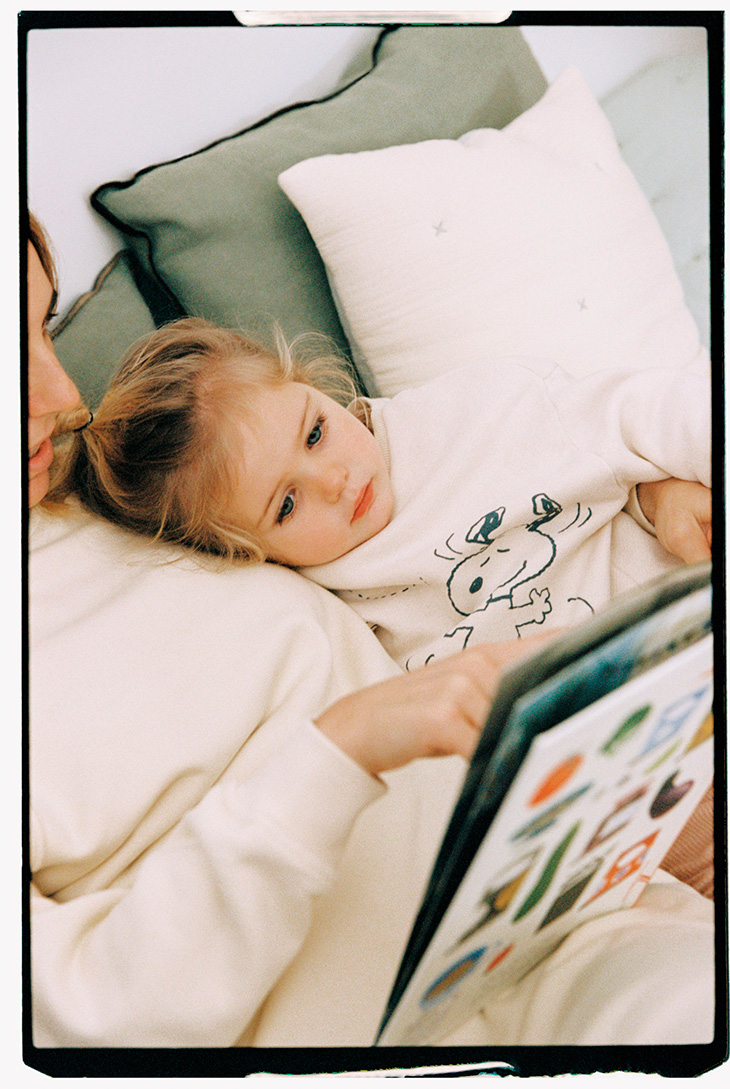
Bedroom
The bedroom may seem like the safest area in the house, but there are many reasons to remain vigilant. According to the National Safety Council (NSC)2, infants are more likely to suffocate in unsafe sleeping environments than choke on foreign objects. Children are also at risk of tipping furniture or getting strangled by window blind cords, among others. Maintain bedroom safety by considering the following recommendations:
- Keep cribs clear of objects that can be suffocation hazards, such as blankets and stuffed toys.
- Anchor dressers and other heavy furniture securely to the wall or floor to prevent tipping.
- Install carbon monoxide alarms near sleeping areas.
- Use cordless window solutions to prevent accidental strangulation.
- Use plug covers and reduce the number of wires in your child’s bedroom to prevent accidents like electrocution or tripping over wirings.
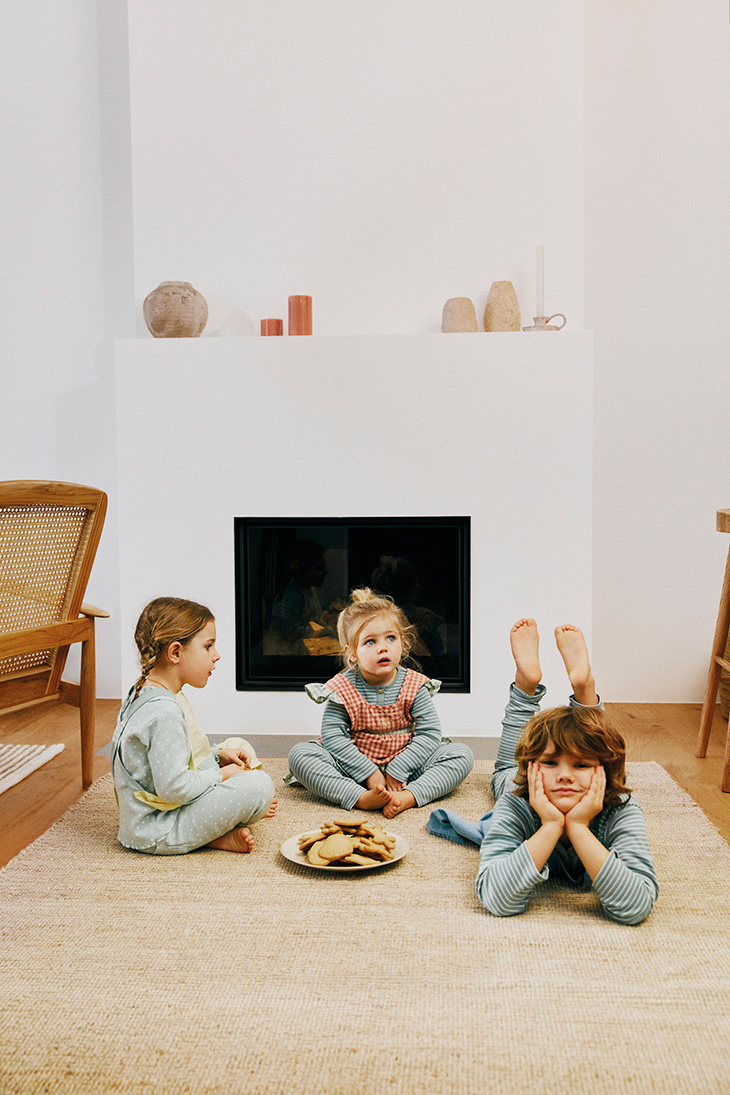
Living Room
Your living room is another high-risk area because of its potential for a fall. Your children can get injured from slippery floors or tipping televisions, furniture, and appliances. You may not realize it, but more than 13,000 children are brought to hospitals every year due to injuries caused by tip-over incidents. Follow these tips to keep your living room safe:
- Mount your flat TV securely on the wall.
- Install edge and corner guards to all furnishings that could be dangerous to kids who are starting to walk or climb.
- Keep furniture away from windows to prevent falling incidents.
- Make use of brackets, braces, or wall straps to keep unstable furniture from tipping.
- Mount picture frames on the wall instead of placing them on top of side tables or cabinets where your child can knock them over.
- Hide power strips behind furniture or use a power strip cover to prevent electrocution.
- Keep your living room free from small toys, coins, and other tiny items that your child can swallow to avoid fatal choking.
The tips mentioned above are some of the things you can do to make the different areas of your home safer for your child. However, it is worth noting that these preventive measures are not enough as the most crucial safeguard is still parental supervision. Keep in mind that even if you meticulously child-proofed your living space, it only takes a second for your little one to get into an accident. Ultimately, the keys to improving child safety at home always involve creating a secure environment and your untiring vigilance.
[1] https://www.ajpmonline.org/article/S0749-3797%2812%2900867-7/abstract
[2] https://www.nsc.org/home-safety/safety-topics/child-safety/childproofing
All images feature the latest Summer 2021 collection from Zara Home.



